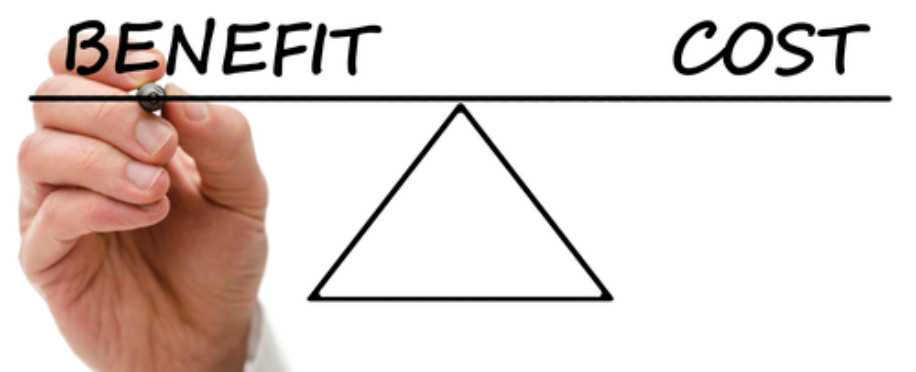Copyright © 2025 lpcentre.com All Rights Reserved. London Premier Centre For Training Ltd Registered in England and Wales, Company Number: 13694538
version: 3.0.1

Posted on : 11/11/2023, 1:09:58 AM
Why do most business owners and managers hesitate to step out of their comfort zone when reaching a goal or starting a new venture? This reluctance stems from nothing but the cut-throat nature of business, and as they say, “It’s all about win or nothing!”
However, cost-benefit analysis may guarantee a hundred per cent success rate when appropriately implemented. It is what makes or breaks any project.
Let’s delve into cost-benefit analysis and how to apply it in your business today.
Although the name seems technical, cost-benefit analysis or CBA is relatively easy, comparing costs against benefits before making an economic decision or a tool used to determine the effectiveness and feasibility of projects and the expected costs that may occur.
A cost-benefit analysis involves considering several things before making decisions, like the monetary value of a deal, before deciding whether it is advisable.
Moreover, cost-benefit analysis is part of financial modelling. This framework allows you to decide whether the cost estimates incurred are justified or can be reduced and if cheaper alternative means still produce satisfactory outcomes.
In simple words, cost-benefit analysis is a way to compare the two sides and create a practical evaluation based on a scientific, systematic method.
As we've previously mentioned, Cost-benefit analysis is a technique that compares the positive (benefits) and negative (costs) side effects of any project or investment. But how does that happen? What are the steps? Let's find out together.
This is the starting point of any cost-benefit analysis. You need to identify what you're trying to achieve and how much it's worth (in monetary terms).
This might sound easy, but it's not. This is often where things go wrong because people need to figure out precisely what they want and end up with an unclear goal that doesn't serve any purpose.
The next step of a cost-benefit analysis is to identify your project's costs (direct or indirect), including the financial (money spent on resources, salaries, etc.), environmental (pollution, impacts on the environment) or social (public health).
Nevertheless, counting all the costs of your project may be a complex process depending on the type of project in question and the factors you need to consider.
Even if it seems complicated at first glance, remember that you don't have to do everything by yourself; you can join sponsored short courses if you need help identifying societal or financial costs alike.
Quantifying all the benefits is critical when making new interventions or pursuing new opportunities. That's because calculating the benefit of each intervention can help you choose the best and most straightforward approach to doing things.
Benefits can be divided into three main categories: direct (explicit or clear), indirect (implicit) and intangible. They can be things like:

Higher revenue reduced costs or operation time
Improved customer care
Increased efficiency, safety and quality
Improved decision-making or problem-solving skills
Now that you have all the costs and benefits, the next step of a cost-benefit analysis is the final comparison that determines the comprehensive decision. One way you can do that is:
Assign values to each cost/benefit: decide which matters more. Are you willing to invest in a more expensive material if it leads to better quality? Which options sound best to you?
You can also represent them as figures on a chart and create a figure analysis to help you see the bigger picture.
Evaluate the consequences of each selected decision: What could be the risk of making this or that investment?
Complete the equation: add the benefits and subtract the costs; what do you get? Does your project exceed the budget? Does it meet all the required regulations?
This is the final step of cost-benefit analysis, the executive production phase. In this phase, you put your theory into the real world, watch the application process, establish performance measures and create an annual report of all your achievements.
In this phase, you check whether the anticipated result came true, whether the methodology works and whether it's good to use in the future.
Cost-benefit analysis helps companies choose the best option available. It's a valuable business tool that can help you make better decisions, save money and avoid mistakes. It's a powerful skill when making business decisions, but it's only effective if you know how to apply it correctly. So, learn how to use it today!
Quality Management System and ISO 9001:2015